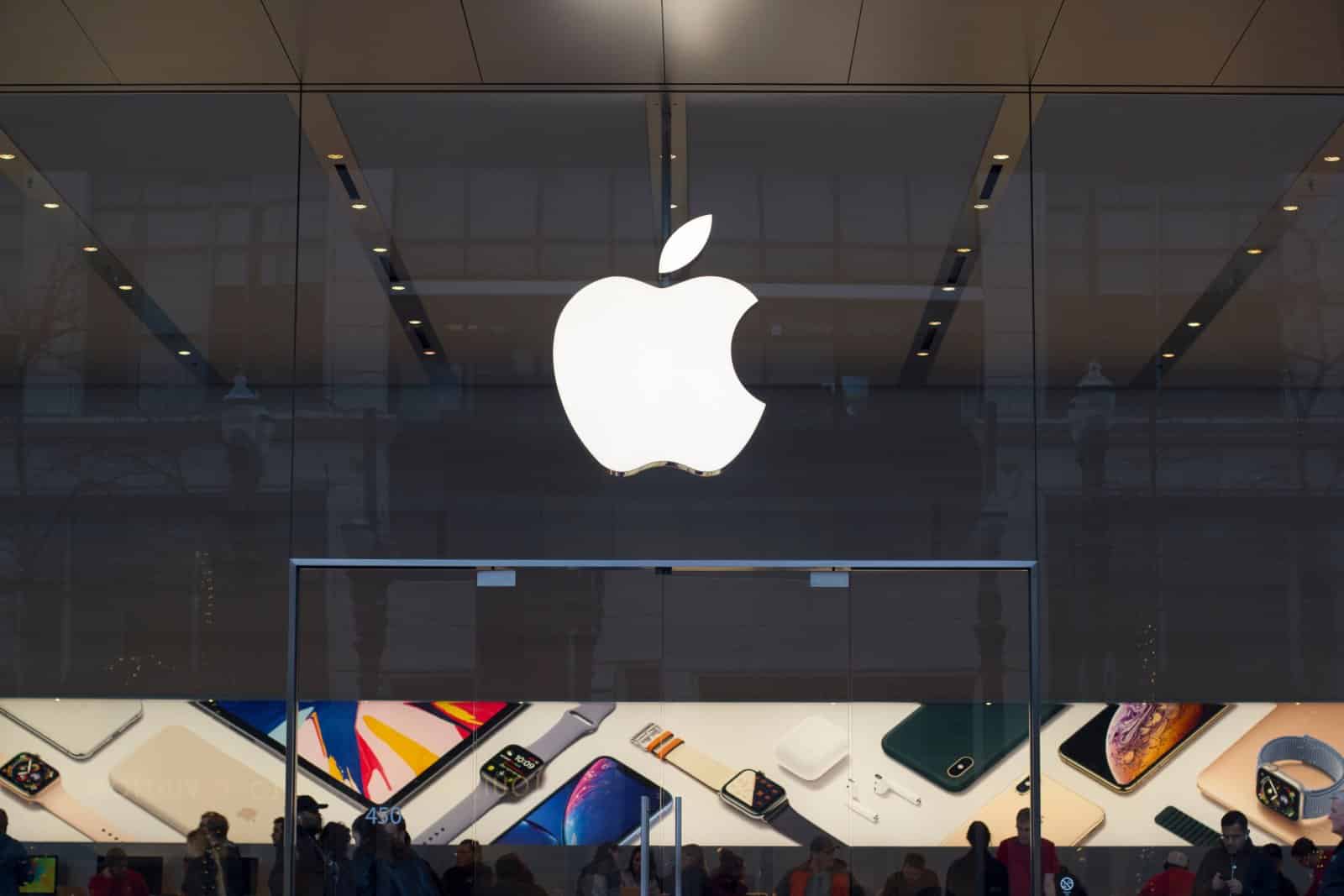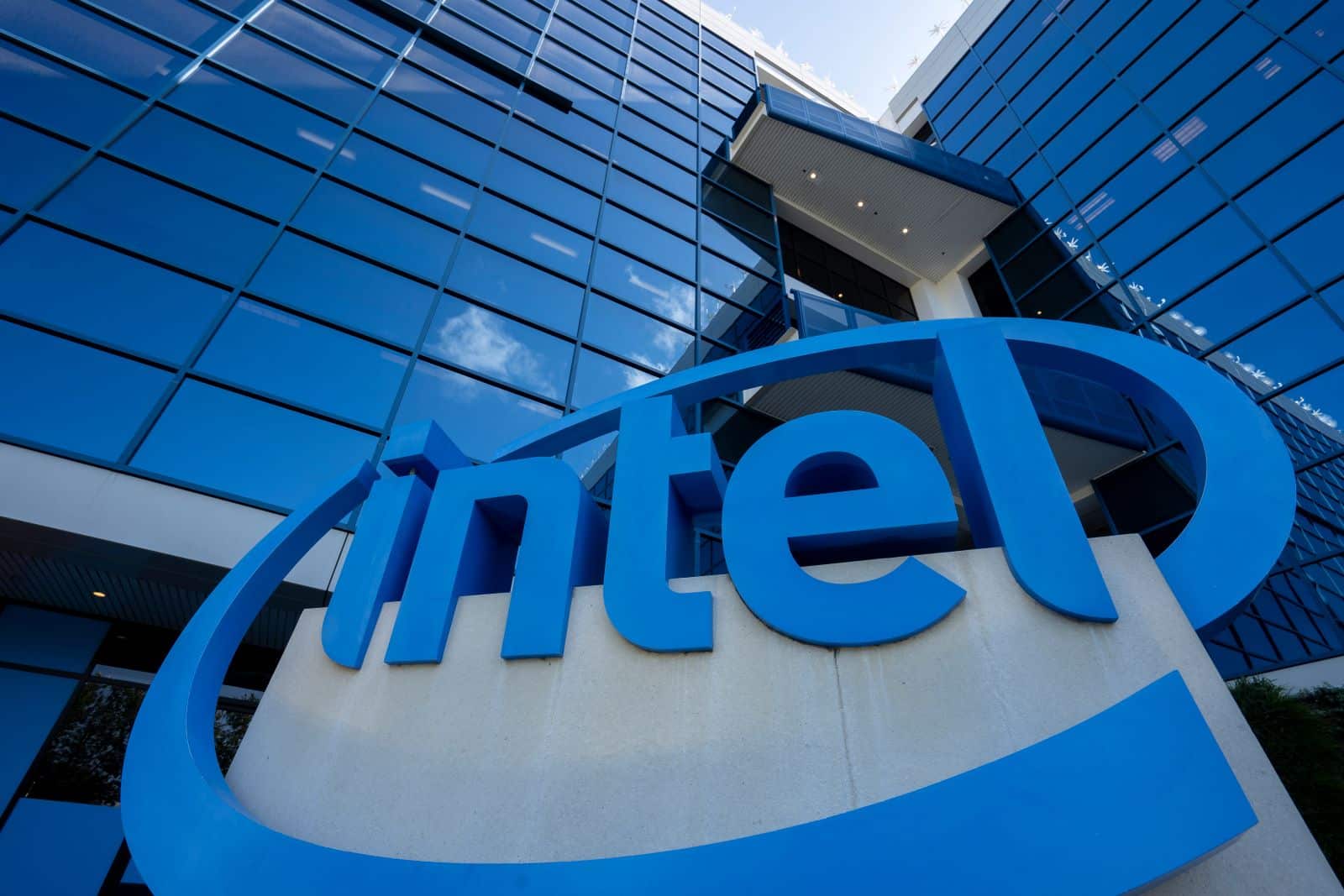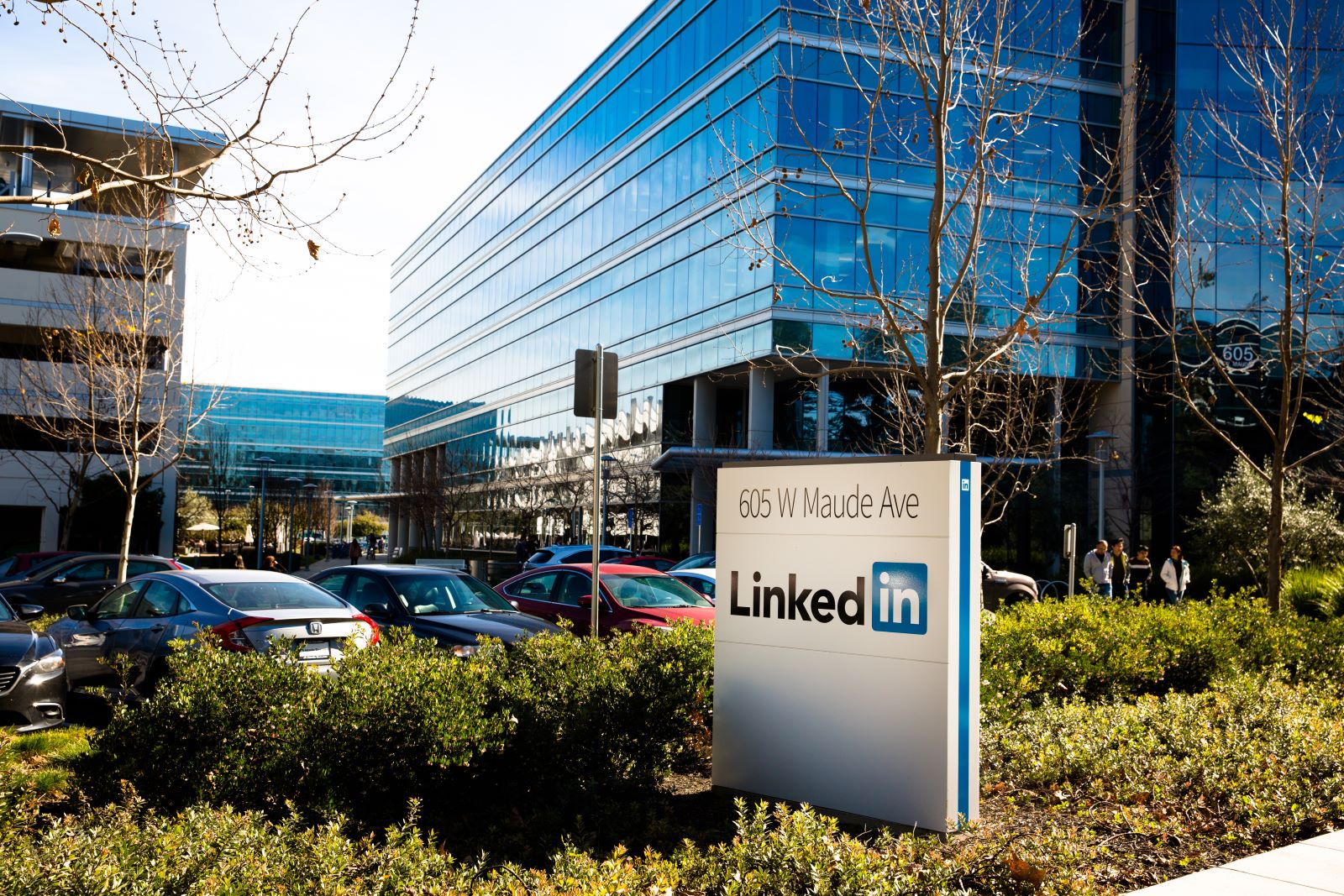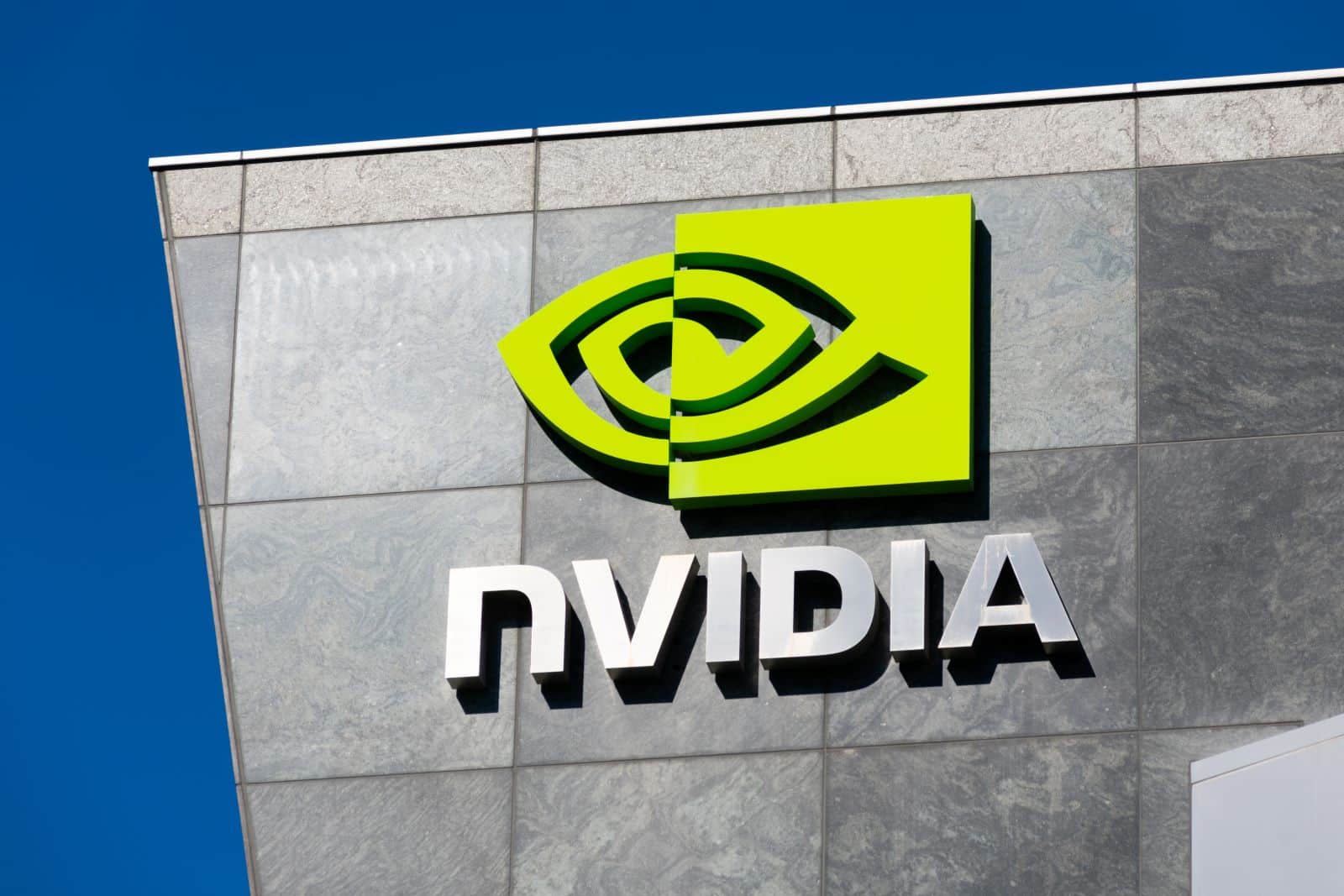The dominance of Silicon Valley’s tech giants has reshaped the global economy, raising concerns about monopolistic practices. How have these companies grown to hold such power, and what does this mean for competition and innovation?
#1. Google’s Search Engine Supremacy

Google controls over 90% of the global search engine market, making it virtually impossible for competitors to gain significant traction. This dominance extends to digital advertising, where Google’s platforms capture a significant share of online ad spend.
#2. Facebook’s Social Media Empire

Facebook, now Meta, owns the largest social networks, including Instagram and WhatsApp, reaching billions of users worldwide. This consolidation allows them to control vast amounts of user data and advertising, stifling competition from smaller social media platforms.
#3. Amazon’s E-commerce and Cloud Dominance

Amazon not only dominates e-commerce, holding about 40% of the U.S. market, but also leads in cloud computing with Amazon Web Services (AWS). This dual dominance affects both retail and tech sectors, challenging competitors and suppliers alike.
#4. Apple’s Ecosystem Lock-In

Apple’s control over its hardware, software, and services ecosystem makes it difficult for consumers to switch to competitors. With its App Store, Apple also exerts significant control over mobile app distribution and revenue.
#5. Microsoft’s Enterprise Software Hegemony

Microsoft remains the leader in enterprise software with products like Windows, Office, and its Azure cloud platform. Its position enables it to set standards and pricing within the software industry, often at the expense of smaller developers.
#6. Tesla’s Electric Vehicle and Battery Market Control

Tesla has become synonymous with electric vehicles, holding a significant share of the market. Its control extends to battery technology and charging infrastructure, making it a formidable player against traditional and startup automakers.
#7. Intel’s Microprocessor Monopoly

Intel’s dominance in the microprocessor market has been longstanding, with a significant share in both personal and server computing. This position has allowed Intel to dictate terms and innovations in the computing sector.
#8. Netflix’s Streaming Service Leadership

Netflix pioneered and continues to dominate the streaming service industry, impacting traditional media and other streaming competitors. Its vast library and investment in original content make it a tough rival for newcomers.
#9. Uber’s Ride-Sharing Market Grip

Uber transformed the ride-sharing industry and holds a dominant position in many markets worldwide. This dominance challenges traditional taxi services and limits the growth of other ride-sharing apps.
#10. Airbnb’s Disruption of Hospitality

Airbnb’s platform revolutionized short-term rentals, creating a new market and challenging the traditional hotel industry. Its vast network and user base make it difficult for smaller competitors and new entrants to gain a foothold.
#11. LinkedIn’s Professional Networking Monopoly

Owned by Microsoft, LinkedIn is the leading professional networking site, with no significant competitor in sight. This monopoly allows them to control job postings, professional connections, and career-related advertising.
#12. PayPal’s Payment Processing Preeminence

PayPal has established itself as a leader in online payment processing, making it challenging for newer fintech companies to compete in this space. Its acquisition strategies also help maintain its market dominance.
#13. Oracle’s Database Software Supremacy

Oracle’s control over enterprise database software is near-total, with a significant portion of large businesses relying on its products. This dominance limits the adoption of alternative database technologies.
#14. Twitter’s Microblogging Monopoly

Twitter has become the go-to platform for real-time news and public discourse, outpacing competitors in the microblogging space. Its user base and influence make it hard for other platforms to compete.
#15. Nvidia’s Graphics Processing Unit (GPU) Dominance

Nvidia leads the GPU market, essential for gaming, data centers, and AI research. Their technology advancements and market control limit the growth of other semiconductor companies.
#16. Zoom’s Video Conferencing Takeover

During the COVID-19 pandemic, Zoom became the standard for video conferencing, overshadowing older platforms like Skype and newer rivals. Its ease of use and scalability helped cement its position in both personal and business communications.
#17. Spotify’s Music Streaming Leadership

Spotify dominates the music streaming industry, impacting how music is distributed and monetized. Its algorithms and playlists influence the entire music industry, affecting artists and competitors alike.
#18. Adobe’s Creative Software Suite Monopoly

Adobe’s Creative Suite, including Photoshop and Illustrator, is essential for designers and creatives, making it difficult for any competitor to challenge its dominance in the creative software market.
#19. Salesforce’s Customer Relationship Management (CRM) Dominance

Salesforce is the leader in CRM software, essential for businesses managing customer data and interactions. Its market position allows it to set trends and pricing in the CRM industry.
#20. YouTube’s Online Video Platform Hegemony

Owned by Google, YouTube is the largest video platform globally, affecting how video content is created, shared, and monetized. Its dominance makes it challenging for other video platforms to compete effectively.
A Call for Reflection and Action

The power wielded by these tech titans raises significant concerns about market competition, consumer choice, and innovation. It’s time to consider whether regulatory measures or market corrections are necessary to ensure a more balanced and competitive economic landscape.
Remote No More: 19 Companies Returning to the Office

As the pandemic wanes, companies are recalling remote workers back to the office, sparking debates on fairness, costs, and convenience. However, there are also notable productivity, coworking, and mental health benefits to consider. Feeling the effects of these changes? Remote No More: 19 Companies Returning to the Office
8 Costco Must Buys and 8 to Leave Behind

Ever wandered Costco’s aisles, questioning if that giant jar of pickles is a real bargain? Or debated buying tires where you get your rotisserie chicken? Welcome to the definitive guide to Costco shopping—a journey to save money, prevent regrets, and offer quirky insights into bulk buying. 8 Costco Must Buys and 8 to Leave Behind
23 Reasons Texas Is the Next Big Thing

Texas is becoming a beacon of opportunity, blending cultural heritage with economic growth. From its landscapes to its industries, the Lone Star State offers a dynamic lifestyle. Here are 23 reasons why Texas stands out, attracting entrepreneurs, artists, tech professionals, and families seeking new beginnings. 23 Reasons Texas Is the Next Big Thing
15 Top Sites to Sell Your Unwanted Goods Besides Craigslist

Selling your unwanted items can declutter your space and boost your income. While Craigslist is popular, there are many alternatives with unique features and wider audiences. Explore these 15 Craigslist alternatives for selling everything from furniture to electronics, finding the perfect platform to turn clutter into cash. 15 Top Sites to Sell Your Unwanted Goods Besides Craigslist
Work from Anywhere: 19 Companies Still Supporting Remote Work

Tired of commuting and craving work flexibility? You’re not alone. Many companies now offer remote work, benefiting both employees and employers. Ever wondered how this shift could enhance your work-life balance? Work from Anywhere: 19 Companies Still Supporting Remote Work
The post – Silicon Valley’s Grip on the Economy is Tightening – first appeared on Career Step Up.
Featured Image Credit: Shutterstock / Tada Images.
The content of this article is for informational purposes only and does not constitute or replace professional financial advice.
For transparency, this content was partly developed with AI assistance and carefully curated by an experienced editor to be informative and ensure accuracy.

